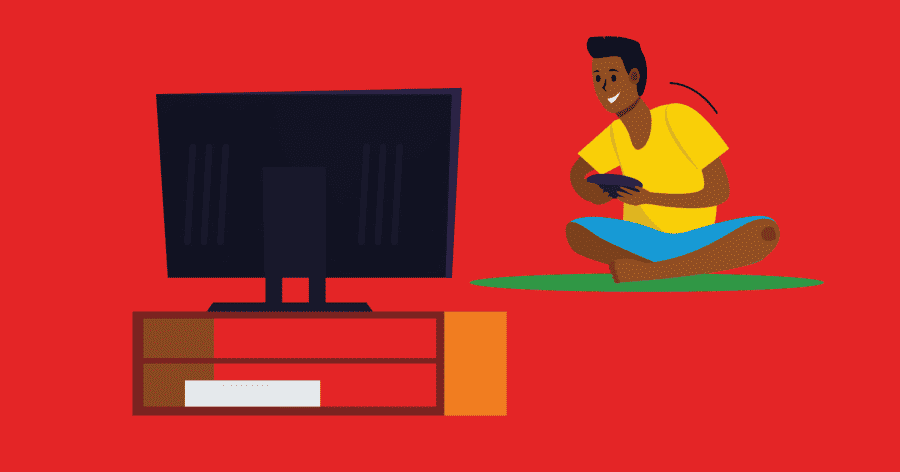Opinion | Super Mario 64 can’t keep up with the times
October 11, 2020
“Son of a bitch!” I muttered to myself after I had failed to grab the seventh and eighth red coins for the 23rd time. I uttered the phrase not so much in disgust with myself or with the level per se, but because of that damned Wing Cap and its flying mechanics.
The Tower of the Wing Cap, one of many secret levels hidden throughout the course of the game, was the first real challenge I had experienced during my first playthrough of Nintendo’s classic Super Mario 64, and my frustration was starting to bubble over. The premise of the level was not hard. All I had to do was collect the eight red coins scattered throughout the level. But I felt as if the game itself was holding me back.
Mario made his first appearance in 1981’s arcade classic Donkey Kong, in which he was charged with saving Pauline and was operating under the Jumpman moniker at the time. However, the Italian plumber, along with his brother Luigi, assistant Toad, fair-maiden-in-distress Princess Peach Toadstool and mortal enemy Bowser, gained the majority of his notoriety and fame over the course of the 1980s and early 1990s. This was in large part due to the side-scrolling 2D platformers of the Super Mario Bros video game franchise.
But the release of Super Mario 64 in 1996 – a game developed with the intention of fully displaying the state-of-the-art processing capabilities of Nintendo’s new home console, the Nintendo 64 – would prove to be game changing.
The N64, as it is affectionately called, was the third home console created by Nintendo to reach American shores, behind the Nintendo Entertainment System and its predecessor the Super Nintendo Entertainment System, and it ushered in a new era of gaming in the United States. Super Mario 64 would sell 11 million units across the seven years in which Nintendo was supporting the N64, the most of any video game supported by the system, and completely revolutionize and define the 3D platformer genre.
3D platformers feature gameplay in which the characters, who are rendered in 3D polygons, frequently jump, fly or run from one surface to another. Frequently, levels have a clearly defined start and end point with various obstacles, traps and foes located in between. Frankly, without Super Mario 64, there is no Donkey Kong Country, no Fortnite and no Fall Guys.
The first home video game console I ever owned was Nintendo’s GameCube – a product that helped the former Japanese trading card company maintain pace with the likes of Sony and Microsoft in the early to mid-2000s – and I purchased my first Nintendo 64 around 2015 off some schmuck on eBay. Unfortunately, just as the scammer had planned, it was dead on arrival and I was out $70.
So when Nintendo re-released Super Mario 64 on the Nintendo Switch in celebration of the bane of every Goomba’s existence’s 35th anniversary, I couldn’t download the game fast enough.
The video game industry has evolved exponentially over the last 24 years and now contains controls and features that the creators of Super Mario 64 couldn’t have envisioned. So that begs the question: Does Super Mario 64 hold up?
As they say, beauty is in the eye of the beholder, and, I suppose, so is goodness.
The many reasons why Super Mario 64 was so transformative quickly became apparent while I was fighting through the opening worlds and their levels. Each new location was vibrant and with a unique charm or quirk.
Lethal Lava Land frequently has Mario dodge various fire-based enemies or use the momentum gained by setting his butt on fire to launch himself into a volcano. One stage in Cool Cool Mountain features reuniting a decapitated snowman head with its body. Hazy Maze Cave makes you navigate various rooms and obstacles in a hazy, poisonous cave system.
Each level is sufficiently challenging without being overly difficult, and the music produced by the legendary Koji Kondo is infectiously sublime. (My favorite levels are Jolly Roger Bay and Dire, Dire Docks solely because of the music.)
There really is not much of a plot – Bowser kidnaps Peach and the goal is to save her – and the graphics are comparatively poor, but the nonlinearity and design of the levels more than makes up for it.
But the camera! The swimming mechanics! The flying mechanics! They are truly awful and frequently ruin the immersion of the game. They make otherwise easy levels difficult, but only because of the game’s code, not because of the level’s design.
While some of the experience was frustrating beyond belief, the negative aspects of Super Mario 64 did not cause me to hate the game. It only caused me to hate the technology available to the Shigeru Miyamoto and the rest of Nintendo in the mid-90s and appreciate everything they have given us since.










